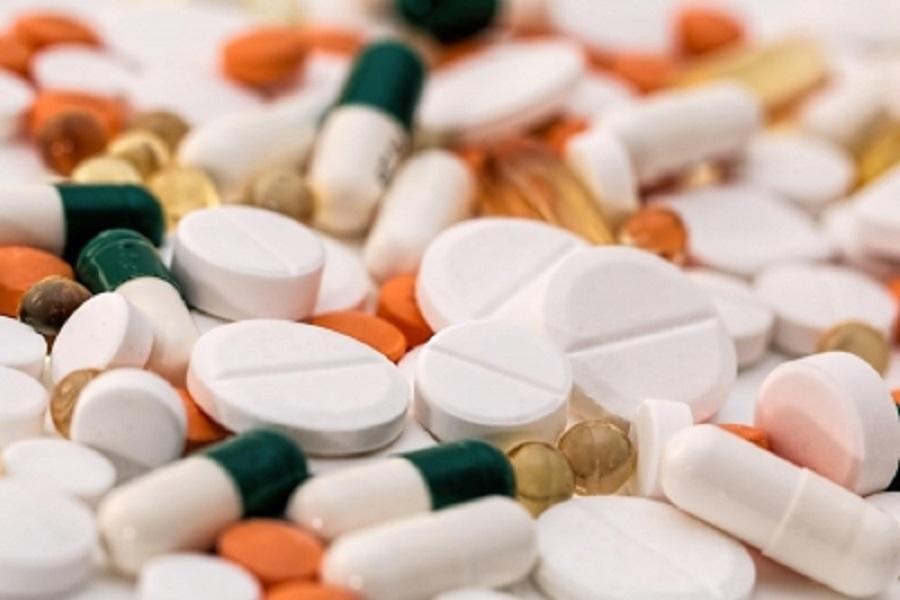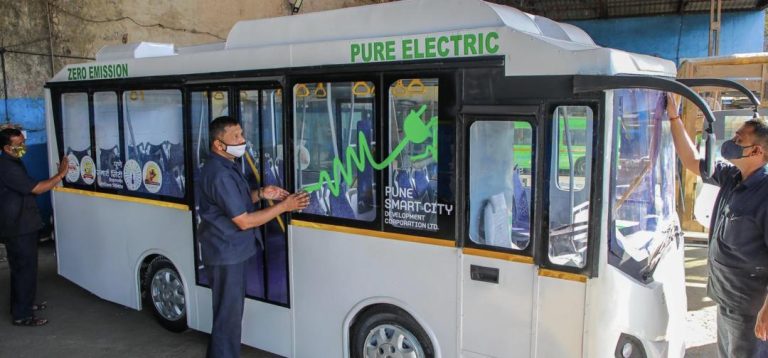
Electronics & Pharma Secure 70% of FY25 PLI Funds: Govt Data
The Production Linked Incentive (PLI) scheme, launched by the Indian government in 2021, has been a game-changer in boosting domestic manufacturing in the country. The scheme, aimed at promoting production-linked incentives to boost domestic manufacturing, has seen significant traction in the electronics and pharma sectors. According to official data, these two sectors have received nearly 70% of the total ₹10,114 crore disbursed under the PLI scheme in FY25.
Key Findings:
- Electronics sector received ₹5,732 crore, making it the top beneficiary of the PLI scheme.
- Pharma sector received ₹2,328 crore, making it the second-largest recipient of PLI funds.
- These two sectors together accounted for nearly 70% of the total ₹10,114 crore disbursed under the PLI scheme in FY25.
Background:
The PLI scheme was launched in 2021 to boost domestic manufacturing in 14 key sectors, including textiles, auto, pharmaceuticals, and electronics. The scheme aimed to incentivize companies to invest in India and increase their production capacities, thereby reducing reliance on imports and creating jobs.
Electronics Sector:
The electronics sector, which includes smartphones, laptops, and other electronic devices, has been one of the fastest-growing sectors in India. The sector has seen significant growth in recent years, driven by increasing demand for online shopping and digital services. The PLI scheme has provided a much-needed boost to the sector, with companies such as Samsung, Xiaomi, and OnePlus receiving funding under the scheme.
The electronics sector’s receipt of ₹5,732 crore under the PLI scheme is a testament to its importance in India’s economy. The sector is expected to continue growing at a rapid pace, driven by increasing demand for electronic devices and the government’s efforts to promote domestic manufacturing.
Pharma Sector:
The pharma sector, which includes the production of medicines and medical devices, is another key beneficiary of the PLI scheme. The sector has been a major contributor to India’s economy, with the country being one of the largest producers of generic medicines in the world.
The pharma sector’s receipt of ₹2,328 crore under the PLI scheme is a significant development, as it will enable companies to increase their production capacities and reduce their reliance on imports. The sector is expected to continue growing, driven by increasing demand for medicines and medical devices.
Other Sectors:
While the electronics and pharma sectors have been the top beneficiaries of the PLI scheme, other sectors such as textiles, auto, and chemicals have also received significant funding. The textiles sector, for example, has received ₹1,234 crore, while the auto sector has received ₹934 crore.
Conclusion:
The PLI scheme has been a resounding success, with the electronics and pharma sectors receiving nearly 70% of the total funds disbursed under the scheme. The scheme has provided a much-needed boost to these sectors, enabling companies to increase their production capacities and reduce their reliance on imports.
As the Indian economy continues to grow, the PLI scheme is expected to play a key role in promoting domestic manufacturing and reducing the country’s dependence on imports. The scheme’s success will also depend on the government’s ability to refine the scheme and address any implementation issues that may arise.
News Source:






